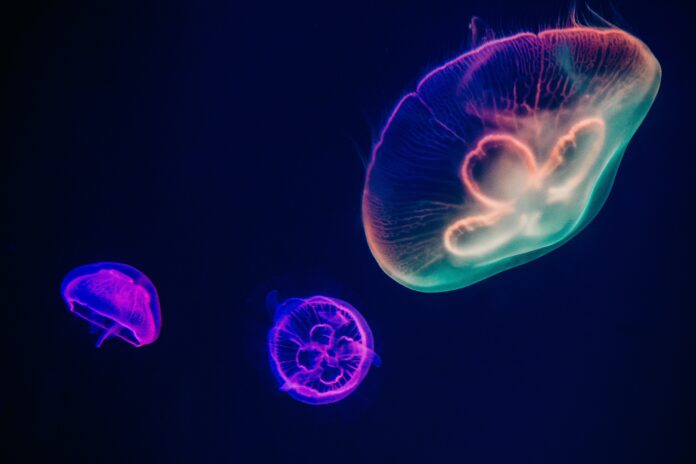Scientists with the Natural History Museum may have made unprecedented discoveries of deep sea creatures; a colourful variety of aquatic animals including gummy squirrels, tulip-like sea sponges and prickly urchins. Turns out we do not know half the things we think we know about the existence underwater as these discoveries are new, and unaccounted for by science.
After a June 2018 expedition, scientists analysed specimens retrieved using a robotic submarine. The outcome of the expedition was the fresh discovery of 39 new mega fauna species and 9 already known ones.
The analysed specimens were collected by a robotic submarine which went 5,100 meters (16,700 feet) underwater during an expedition carried out around the central Pacific Ocean’s Clarion-Clipperton zone (CCZ) in June 2018. The Clarion-Clipperton zone is identified as one of the least explored regions on earth.
Some of these species have not been described just yet. The discoveries include sea cucumbers (gummy squirrels), tulip shaped sea sponge, starfish, and prickly urchins. All these are creatures these scientists were not really expecting to see.
Conducting this research was born out of the desire to understand the region’s biodiversity so as to guide deep seabed mining in the area.
CLARION-CLIPPERTON ZONE (CCZ) PECULIARITIES
The clarion-Clipperton zone commands a lot of attention due to its vast collection of highly demanded but scarce metals and minerals with high utility for the manufacturing industry. This area boasts of an impressive collection of valuable minerals and metals with high utility for the manufacturing of electronics and batteries.
The about 18,000 feet deep (at its deepest) CCZ is about 5000 kilometres, and runs from Hawaii to Mexico. It is home to valuable metals and minerals such as iron, manganese, copper, and nickel which is why this location attracts a lot of sea miners especially since the 1950s when some of these materials were encountered. Monitoring and analysing the activities of these sea miners and the consequences of their activities on the ecosystem gave birth to the scientific inquiry that produced this wonderful discovery.
The National Oceanic and Atmospheric Administration NOAA once asserted that over 80% of the ocean has not been explored and this recent findings give credence to this authoritative assertion. The Megafauna specimen discovered, and the data gathered from their DNA is ground-breaking in many ways. It will help identify these animals, and also gain knowledge of how many of their species currently exist. The closest ever scientists came to this were through seabed images. Previous surveys did not involve sample collection, but utilized still images and videos.
The biodiversity associated with macro fauna (small sized animals) in the abyss has never been in doubt. The knowledge which was hitherto scarce due to fewer collected samples is the biodiversity of Megafauna (larger animals). Discovering the biodiversity of Megafauna in through this recent study is therefore ground-breaking indeed.
It will however take more effort to fully understand the extent of this biodiversity and come up with a definitive DNA analysis and comparison. Scientists have not collected enough samples to analyse DNA variations and this must be accomplished beyond reasonable doubt to gather knowledge about a specie.
Vast ocean metals and minerals held in poly metallic nodule capsules on sea floor is highly demanded for its potential to facilitate the shift away from the use of fossil fuel. Batteries are needed for electric cars, smartphones, computers and such and the utility of the minerals and metals on the sea floor is captivating to sea miners but how sustainable is seabed mining and what are the consequences on the ecosystem?
Polymetallic nodules are essential for the integrity of the food web so this creates a problem. One other issue is the mining technique adopted. Hoses attached to are used to suck up desired minerals and metals from the polymetallic nodules leaving a destructive footprint of waste underwater.
There appears to be species biodiversity around the CCZ seeing as 48 of the 55 specimens retrieved from the site were different species. This information was published recently in Zookeys.
The take home from this is that recent findings will be used as the framework to guide sea mining in the future especially as it has become somewhat inevitable due to scarcity of some highly sought manufacturing resources. The dearth of data collected from rigorous research is perhaps one of the hindrances to full scale commercial sea mining since its impact cannot be authoritatively measured. This will also further deepen the conversation around marine conservation and its importance.
Originally reported:
https://www.dailymail.co.uk/sciencetech/article-11052947/Natural-History-Museum-researchers-39-potential-new-species-bottom-ocean-using-robot.html


















